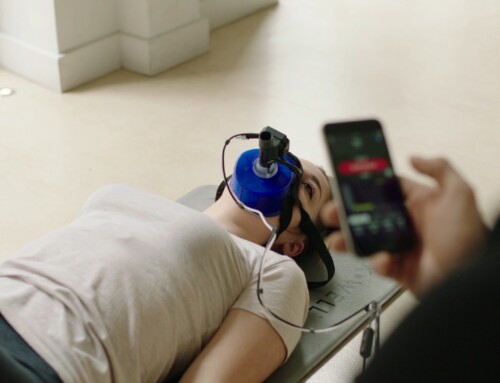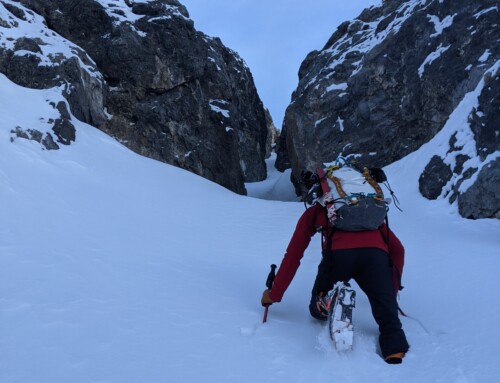Author: Eric Fair-Layman, LMT
I like to joke, whenever I suggest the stretching in yoga might not be that great for you, that there is an Oregonian somewhere choking on their kombucha. Right? Everybody knows that if you want to be healthy, you do yoga. If I say that True Body Intelligence (which few outside LA have heard of…yet) teaches a far more effective method of changing the structure of your body, people become skeptical. Challenging a sacred enterprise such as yoga (especially in Portland) does not always win you friends. But please, hear me out.
It may surprise you to find out many of my clients have confided that they have not felt yoga has helped heal their bodies; in fact many have had to stop their yoga practice to keep from injuring themselves further. Even yoga teachers often quietly admit to having aches in their bodies from their practice.
And as it turns out, yoga was not designed to stretch. As incredible as that sounds, if you ask around, people who have studied this practice will verify this. Yoga is a breath and meditation practice, one that is deeply spiritual. Aligning the body with the spirit, as well as breath work, allows access to different aspects of your higher self and spirit. The few yoga teachers I have worked on whose bodies are not full of pain all have a similar take on their practice: they avoid the “pretzel twists” and favor gentler strengthening poses.
So if yoga was not designed to stretch, why is “yoga” considered almost synonymous with “stretching?” It has been explained to me by numerous yoga teachers that the practice changed when it came to the West. We in the West are generally short and tight from our postures (sitting and hunching over too much) and nutrient-poor diets, so when we try to get into those complicated positions, our flexibility—or lack thereof— becomes extremely apparent. It doesn’t take much imagination to see how, as we try to push ourselves into those ancient poses, we equate yoga with stretching and don’t necessarily relate to the unfamiliar teachings on breathing and spirituality.
The obvious next question is, if I’m telling you not to focus on stretching in yoga, what am I suggesting instead? The answer is to resist yourself while you stretch with maximal force. While it may seem odd, contracting the muscle while it lengthens ensures safety as well as efficacy. At first, this is counterintuitive and proves difficult. But True Body Intelligence, the type of bodywork I study and practice, has a system of self-stretches that put you into postures (some of them similar to yoga) that maximize your ability to resist yourself and create a true change in your body—safely and much more permanently. And we are trained to lead you through this process.
Maximally contracting your muscle tissue while forcing it to lengthen—commonly known as an eccentric (pronounced ee-SEN-trick) contraction—and through your entire range of motion, ensures that every fiber in that muscle is being stretched. In fact, you do not even have to go beyond your range of motion to stretch. Simply contracting against the opening, and only for the range of motion already available to you, causes the muscles to lengthen. There is no need to go beyond what you can safely do to make deep, long-lasting changes.
This is so important, it’s worth reiterating: for this kind of stretching, you actually do not go beyond your range of motion. When most people stretch, they think of pushing themselves a little bit beyond what they can reasonably do in order to increase their flexibility. There’s a certain logic to this line of thinking, but actually the most effective stretching is merely opening a muscle right up to its limit under maximal contraction. It has to be experienced to be believed.
Passive stretching, what most people do when they think of “stretching,” does the opposite: most of your muscle fibers are lax and the tendons and ligaments end up getting overstretched. You will feel an opening for a while, but then your muscles have to shorten to prevent your body from becoming unstable and vulnerable to injury. Then you need to stretch more, so you reach for your toes yet again, overstretching tendons again, inviting even more muscle shortening, and the cycle continues. By resisting the stretch, it’s the muscles that absorb the tension, thereby lengthening them—not the tendons and ligaments—which maintains your body’s ability to hold you in your new, more opened or relaxed positions.
A ha nds-on experience is the best way to understand this. If you have been stuck, if you feel good for a while from yoga but it’s not curing your ails like you’d hoped, or even if something in this article just resonated with you, come take a 12-meridian stretch class (Tuesdays at 7am in the gym at Evolution Healthcare & Fitness) or sign up for a session with me by calling the front desk (971.236.7610). If you want to know more send me an email at ericfl@evolutionhealthcareandfitness.com.
nds-on experience is the best way to understand this. If you have been stuck, if you feel good for a while from yoga but it’s not curing your ails like you’d hoped, or even if something in this article just resonated with you, come take a 12-meridian stretch class (Tuesdays at 7am in the gym at Evolution Healthcare & Fitness) or sign up for a session with me by calling the front desk (971.236.7610). If you want to know more send me an email at ericfl@evolutionhealthcareandfitness.com.
Yoga is a beautiful system. Let True Body Intelligence help you change the structure of your body so you can practice yoga safely and enjoyably.



